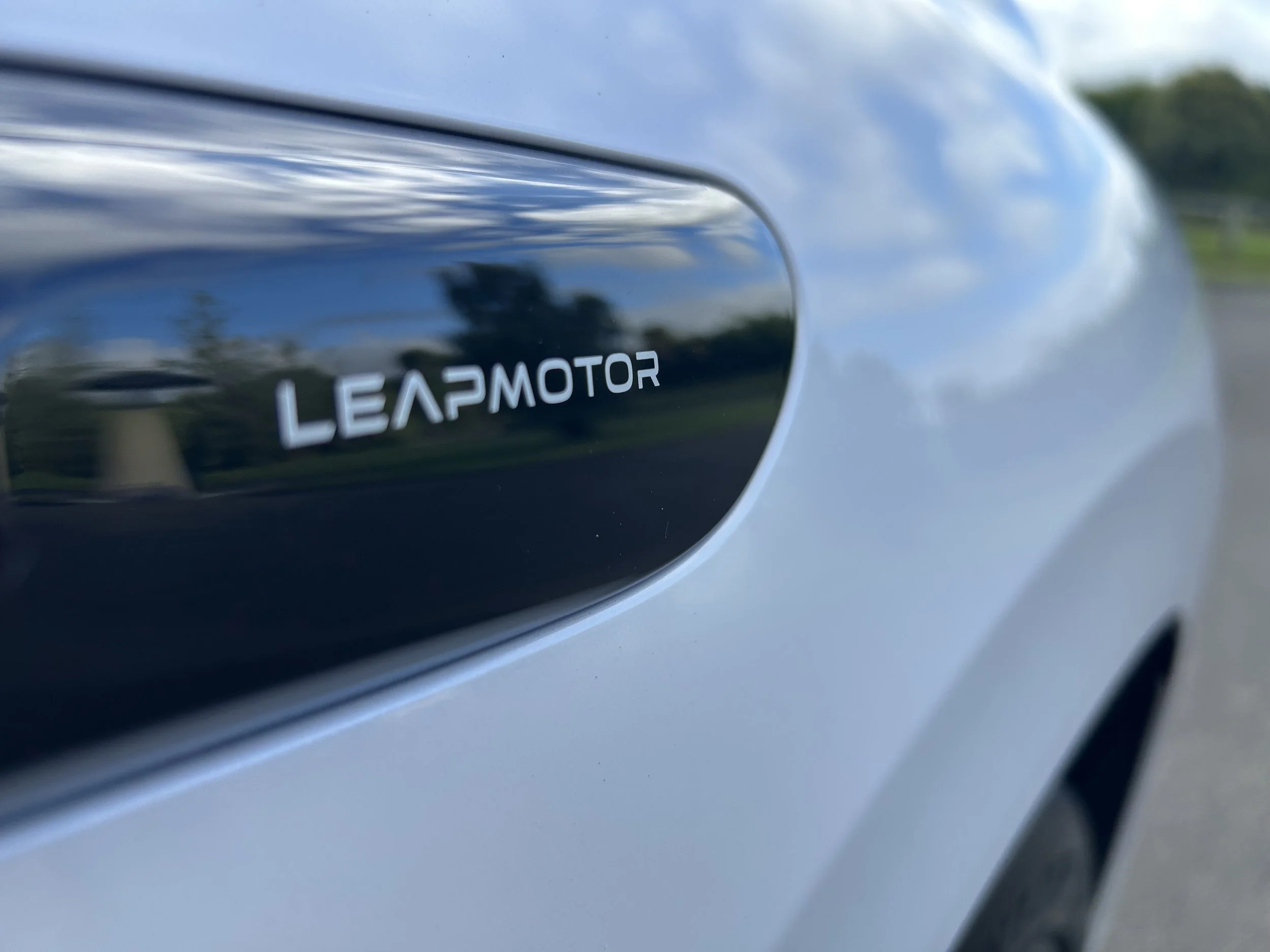Toff-trimmed townie ute not Isuzu’s style
/One well-regarded player in the booming one-tonne sector reckons it doesn’t have to go to a flash harry urban cowboy truck to go big.
HIGH falutin’ models that are increasingly become the top choices within the booming one-tonne utility sector are too rich for a brand that does well enough selling to a no-nonsense, work-first customer base.
Isuzu New Zealand’s boss’s less than ardent desire for a D-Max trimmed to meet the likes of the Ford Ranger Wildtrak, Toyota Hilux SR5 and the Z71 version of their truck’s near-twin, the Holden Colorado, might seem at odds with the make’s own aspiration.
Isuzu Japan is now building a Z-Prestige version of the D-Max tailored to go up against the high-end flagships, which mainly seem to be used for lifestyle-driven families seeking a more practical alternate to a sports utility wagon.
However, when asked about the local potential for such a rig here, Isuzu NZ general manager Murray Greenhalgh downplayed the opportunity for such a model.
He also admitted to being ignorant of the Z-Prestige variant that has started to show in some Asian markets and is being considered for inclusion by Australia’s distributor.
“Z-Prestige? I not am familiar with that. I’ve never heard of it,” he told MotoringNetwork.
When launching a mid-life refresh of the D-Max (and M-UX wagon) last week, Isuzu in Australia suggested a Z-Prestige would be required if it was to answer the trend for utes outfitted with comfort and safety equipment that was once the preserve of luxury cars.
Isuzu New Zealand doesn’t want to discuss the D-Max refresh, designated ‘the big rolling change’ in factory speak, at the moment. It says news about the RT87 models will be made public on February 24.
Big news across the water is the adoption of an updated 3.0-litre engine, with the same power as before but 50Nm more torque – taking that output up to 430Nm - coupled to six-speed manual or automatic transmissions in place of the old five-speed units. This delivers improved performance, better economy and lower emissions.
More standard equipment – including range-wide provision of a reversing camera - additional noise and vibration deadening and subtly updated styling also comes with their update.
Greenhalgh says it is not prudent to equate what Australia has received - models pictured today - with what is incoming for New Zealand, at least insofar as trim and equipment levels are concerned. That’s because NZ is so well regarded by the factory it receives preferential treatment.
Even though 70 percent of one tonne utes sold last year went to businesses, the lifestyle emphasis is believed to have been to have been a primary factory in the Ford Ranger not only becoming the country’s top-selling traydeck but also the country’s best-selling vehicle. Though the Wildtrak was not the singlemost popular grade, it contributed heavily to Ranger’s 8469 unit total for the year.
The Z-Prestige has unique paint finishes and exterior trim such as a shark-fin antenna, fender flares and a buttress-like plastic sports bar with matching hard tonneau cover and rear spoiler. The interior has piped leather upholstery and a trimmed central armrest plus keyless entry with push-button start.
Those treatments are similar to what Holden has employed on the Z71 Colorado.
Entering the ‘lux truck’ sector would conceivably require a major D-Max re-pricing strategy, as the heaviest-gilded models all cost at least $70,000, well above the Isuzu’s current $34,000 to around $60,000 span.
However, pumped price is less of an issue for having something like Z-Prestige here than perceived popularity.
Greenhalgh says while D-Max sales are in tune with the industry trend in respect to being bought foremost by business, the difference between his brands and perhaps the others is that Isuzu finds a particularly strong rural focus.
Most of those buyers, he suggested, are mainly interested in the model’s well-earned reputation for rugged robustness and excellent reliability when put to the toughest tests.
While comfort levels were also important, it said much about the customer profile that the current medium spec model is the best seller. In the grade, the big change over the entry model was that the cheaper variants’ vinyl floors were replaced with carpet.
“We bring in the LST, which has leather upholstery, roof rails and 18 inch wheels and that’s our high-end offer.
“But I would say LST would take around eight percent of our D-Max sales in four-wheel-drive and two-wheel drive combined,” says Greenhalgh.
“Most of our sales are in the intermediate spec – the stats say 60-70 percent of utes are bought for business use and we are in line with that ... but we have a big steer to rural.
“We sell a lot of four-wheel-drives. That’s our strength. It appears that for someone who is looking for a commercial quality vehicle, well specified but not necessarily with all the bells and whistles ... a good solid ute … well, they are going for the Isuzu.”
As for Z-Prestige? “That’s not where we see the vehicle (in New Zealand). As far as the majority of our customers go.”
Isuzu NZ has aspiration to be No.3 in the one-tonne sector, a position presently held by Holden, which achieved 3739 Colorado registrations in 2016, against 2385 for D-Max.
Meantime, Greenhalgh says he knows nothing tangible about the next-generation D-Max, which will be a co-development with Mazda. It is understood that Isuzu will undertake all the engineering and supply the drivetrains, just as Ford does in the current Ranger/BT-50 marriage, whereas its Hiroshima partner will likely style its own version.
Holden, meantime, will go to a wholly GM-designed and built vehicle that is thought to have global aspiration.

















